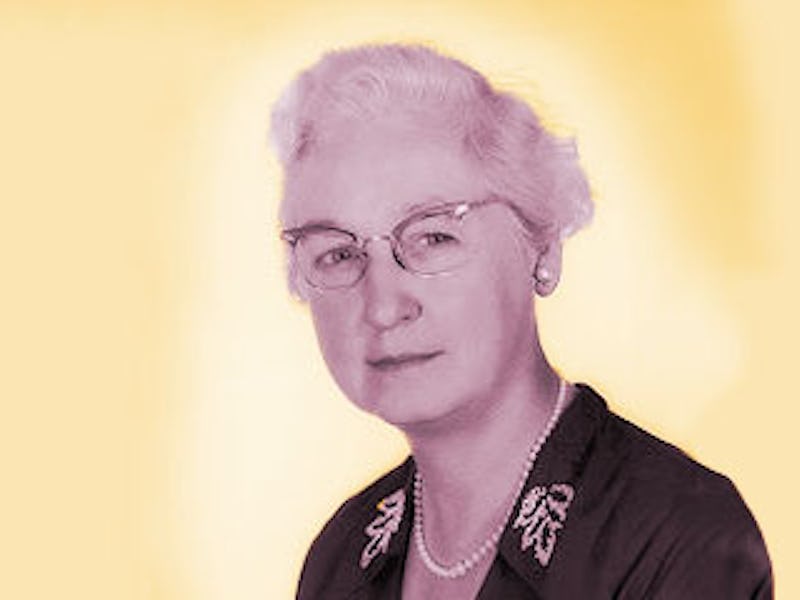Dr. Virginia Apgar: How Her 5 Factor "Apgar Score" Saved Babies' Lives
The Apgar score was a breakthrough.

Google celebrated the life of the indelible Virginia Apgar on Thursday, marking what would have been her 109th birthday with a commemorative doodle — and with good reason! Apgar made great strides throughout her career, not the least of which included becoming a leader in her field of anaesthesiology, advocating for vaccination amid the rubella pandemic, and of course, pioneering the Apgar score.
Born in 1909 in Westfield, New Jersey, Apgar was the youngest of three. She decided to pursue a medical career while in high school and began training at Columbia University’s College of Physicians and Surgeons in 1929, just one of nine women in a class of ninety. It was while she was full professor of anesthesiology at the college in 1949 that she started to develop her groundbreaking system.
Virginia Apgar Google Doodle
Apgar explained in her 1952 paper that doctors needed a way of quickly checking the condition of a newborn baby. Before 1949, the criteria was checking two factors: breathing time and crying time. Over the three years prior to her paper’s publication, Apgar developed the score that would transform childcare.
The score measures five factors at 60 seconds after birth, followed by five minutes after birth. Each factor is scored between zero and two, added together to give a score of 10. The factors are:
- Appearance. All blue skin is zero, blue extremities are one, and no signs of blue is two.
- Reflex. No reaction to stimulation, like a pinch, is zero, grimacing is one, and a cry or cough with a grimace is two.
- Muscle tone. Loose is zero, some tone is one, and active movement is two.
- Heartbeat. Lower than 60 is zero, lower than 100 beats per minute is one, and higher than 100 beats per minute is two.
- Breathing. No breathing is zero, slow breathing is one, and crying is two.
The scores are used to measure the baby in an instant. A score of three or below is seriously low, four to six is fairly low, and seven to 10 is fairly normal.
In her paper, Apgar made two recommendations to improve the reliability of the score. The first is that the person delivering the baby should not be the one to calculate the Apgar score because of their emotional involvement with the birth. Scores from Finland, where the midwife delivered the baby, showed scores of 10 out of 10 in 83 percent of births. The second is that the score should be calculated 60 seconds after the head and the feet are visible, recommending that professionals use is an automatic method of measuring time elapsed.
In the decade after she started developing her system, Apgar attended nearly 20,000 births. She continued to refine her system and research birth defects, and she published over 60 science articles. She died on August 7, 1974, having never retired, a testament to her lifelong commitment to saving lives.
You might also like: “Behind Google Doodle’s Teacher Appreciation Week”